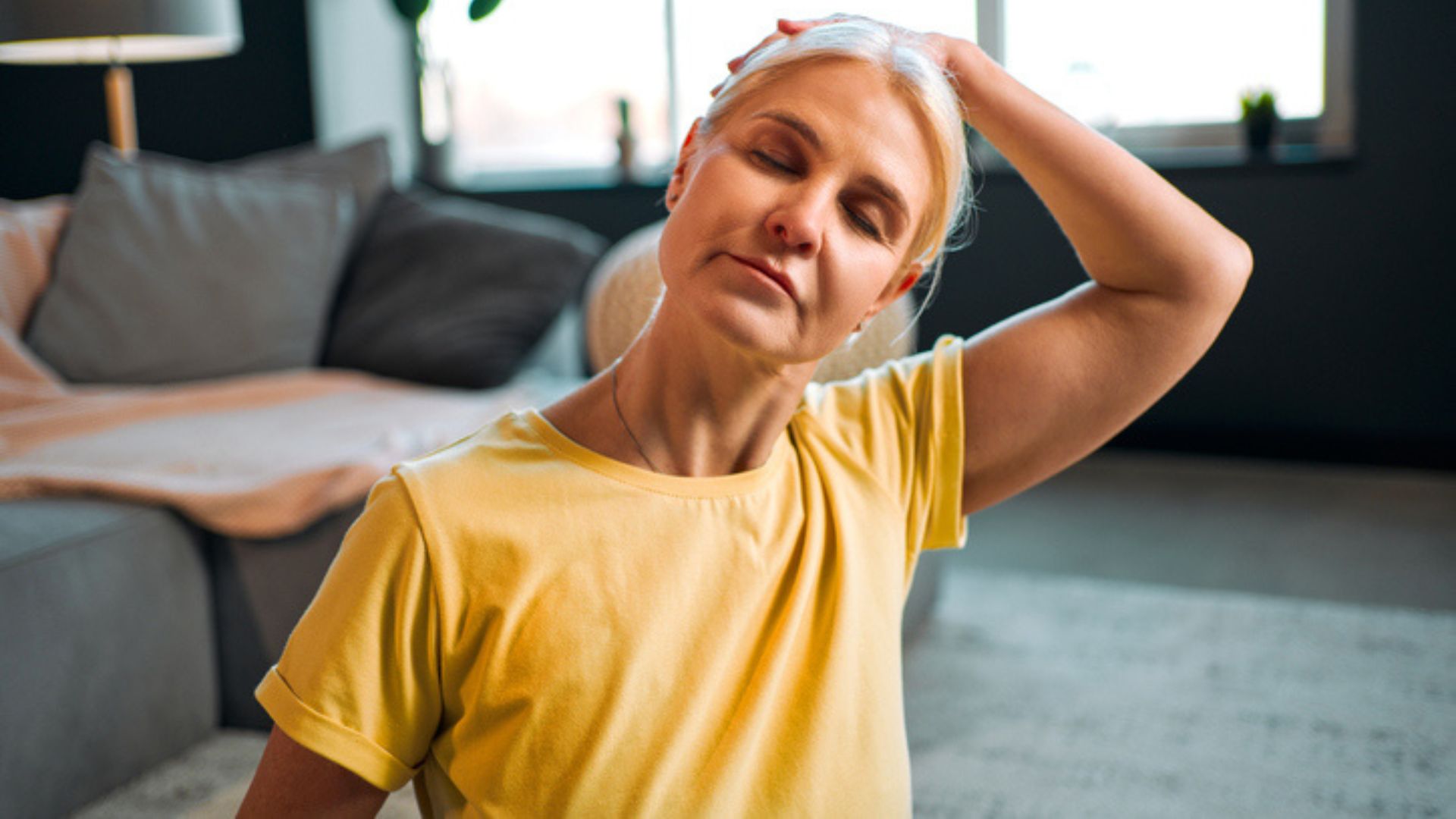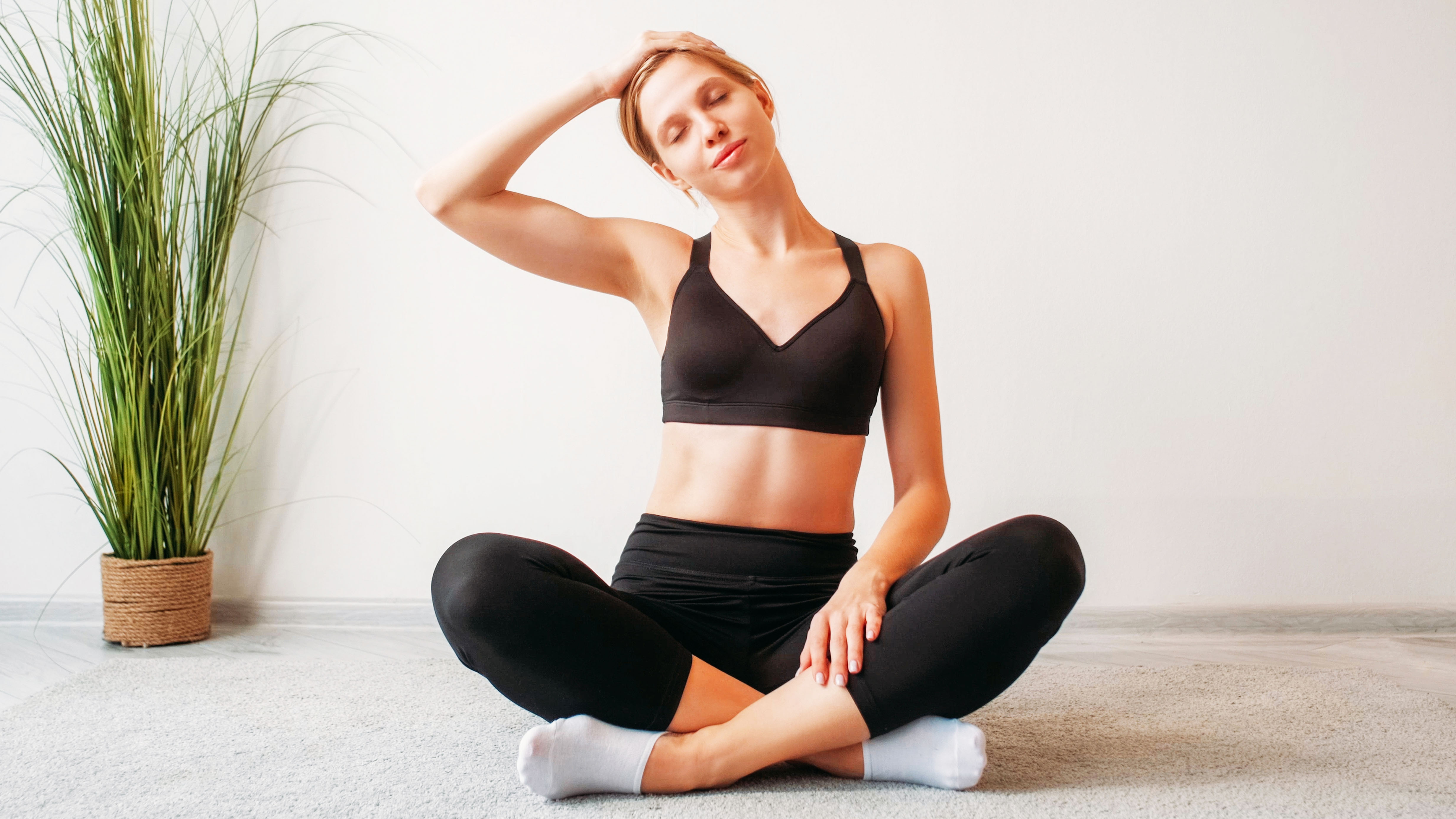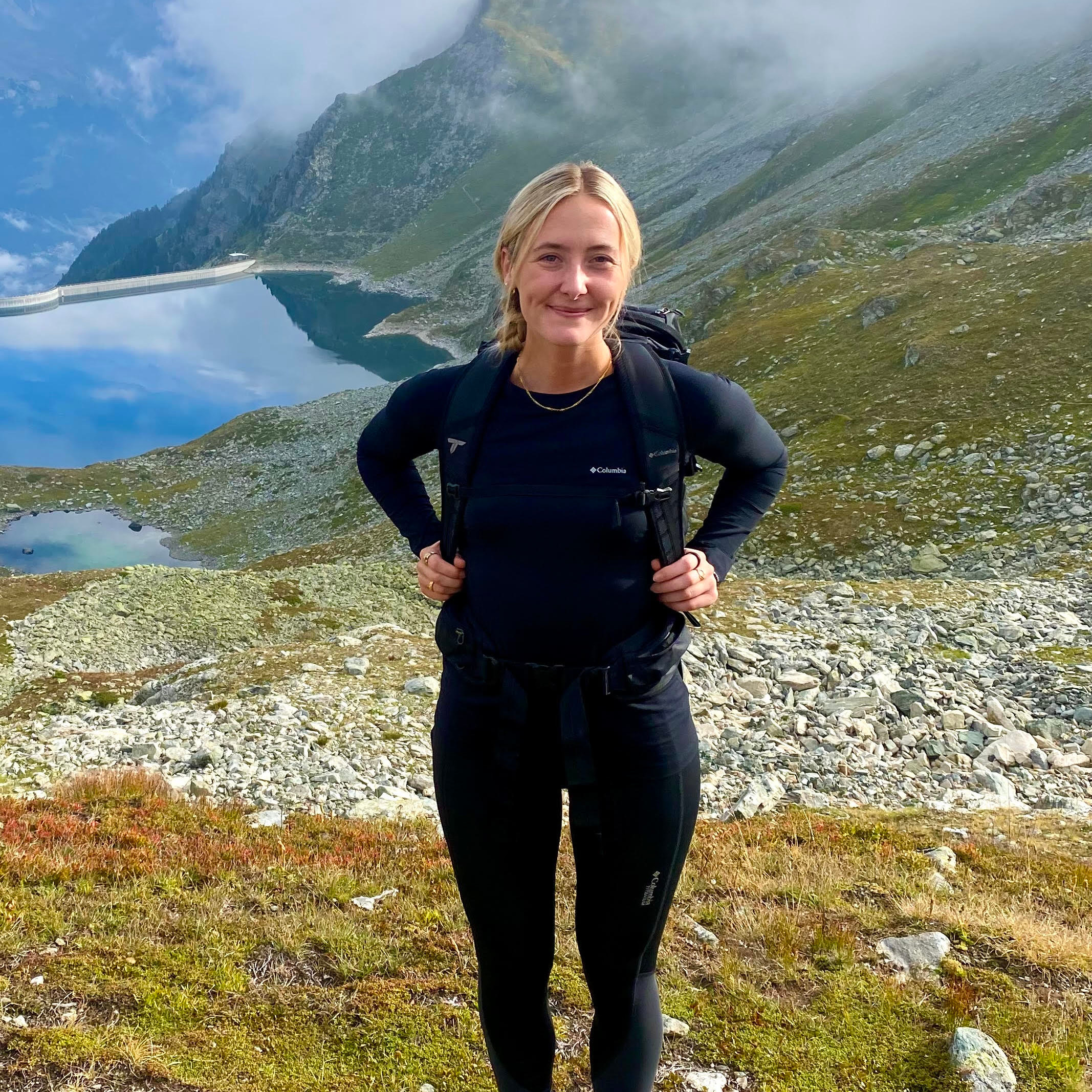You only need 5 minutes to strengthen your mind — here’s how, according to a sports psychologist

For a while, the fitness scene has been all about chasing PBs, tackling huge physical challenges, building bigger muscles, and sculpting the perfect physique. The list goes on. But in 2025, it feels like people are leaning more into mindfulness. The term gets used broadly, but at its core, mindfulness is about being present and aware of what’s happening inside and outside your body.
While exercise is often a form of self-care for many, it can also be hugely beneficial for the mind and body to slow down and tap into mindfulness, whether that’s through journaling, yoga, or simply spending a few quiet minutes focusing on your breath and body.
To understand how mindfulness can make us fitter from the inside out, I asked Vladimir Novkov, a sports psychologist who works with athletes and professionals, to share a simple meditation routine that anyone can try.
You won’t need any equipment, but you’ll get the most from this practice by finding a quiet spot away from distractions like your phone, TV, or work. If you can, sit somewhere comfortable, whether that’s on your bed or one of the best yoga mats.

Vladimir Novkov is a Personal, Social & Sport Psychologist and ISSA Certified Elite Trainer based in Bulgaria. He is the founder of SportPersonalities.com, a platform that helps athletes and coaches understand how personality shapes motivation, focus, and performance.
What is the routine
Novkov says mindfulness meditation is about practicing the art of being alone in the philosophical sense. It engages the parasympathetic nervous system, the part of the body that helps you slow down, recover, and find calm. Just five to ten minutes a day can make you feel more present and in tune with your body.
Step 1. Box breathing

“Stand tall, close your eyes, and take a few deep breaths,” says Novkov. “We’re going to employ a technique called box breathing. It’s very simple and you can follow along. You take a deep breath and count to three. Then you hold for three. Then you exhale for three. And then you hold your breath again for three." Once you get a hold of this sequence, you repeat this ten times over.
As you do this, you may notice thoughts coming and going, both positive and negative. Novkov explains that the goal is not to judge them. “A thought occurs, you acknowledge it, and you let it pass.” This step is about observing your mind while keeping your focus on the breath.
Get instant access to breaking news, the hottest reviews, great deals and helpful tips.
Step 2. Gentle stretching

“After the ten rounds of box breathing, you can go into a simple stretch routine,” Novkov continues. “Stretching is very important because it also signals your body that it is time to recover. If you’re sitting, you can do a very simple stretch of your neck (side to side) while keeping your breathing steady. Thirty seconds per side is completely fine. You should feel a deep stretch in this area of the neck.”
You can also add in a reach up with your hands, one after the other. This can deepen the stretch and extend the stretch to your back.
Step 3. Return to breathing
“After the stretching, return to your original position and continue with the box breathing for a couple more minutes,” says Novkov. “This is probably the place where the thoughts are going to be a little more intense, which is fine. The guide here is just to practice doing nothing but following your breath.”
He suggests spending around five to ten minutes on this practice. “You don’t have to do it every day, but it’s useful. In the end, you will probably feel a little more relaxed, a little more present, and a little more in tune with your body.”
What are some of the benefits of practicing mindfulness?
Attention works like a muscle: it gets tired when you use it too much and needs scheduled rest to stay accurate and stable
Vladimir Novkov
Every day, our brains face a constant barrage of stimuli, from overflowing inboxes and phone alerts to endless scrolling and background noise. I often don't notice it until my focus slips and everything feels noisy. Trying Novkov's short mindfulness routine helped break that cycle.
He explained that techniques like breath control and awareness-based movement allow the brain to reset its attention systems. In his words, “From a performance psychology point of view, attention works like a muscle: it gets tired when you use it too much and needs scheduled rest to stay accurate and stable.”

Mindfulness does more than calm the mind, it helps it perform better. Novkov told me that even a short, attentive break can help the brain clear mental clutter, especially in the morning when working memory is still processing the day before. He noted, "This 'mental decluttering' effect makes executive control better, which has a direct effect on how quickly you react, how well you focus, and how well you make decisions when you're stressed."
Finally, mindfulness restores a sense of control that is often lost in high-pressure environments. When you observe your thoughts instead of reacting to them, you can approach challenges, whether in a workout or at work, with more awareness and composure.
Follow Tom's Guide on Google News, or add us as a preferred source, to get our up-to-date news, analysis, and reviews in your feeds. Make sure to click the Follow button!
More from Tom's Guide
- The surprising health benefit of rolling your shoulders — and why it feels so good, according to new research
- Following a ChatGPT training program can be 'ineffective' and a 'fast track to injury' unless you follow these key tips
- This workout skips the squats and saves your knees: Here’s a trainer’s 6-move chair routine for building stronger legs over 55

Jessica has been a fitness writer at Tom’s Guide since 2023, bringing three years of experience writing about health, fitness, and the great outdoors. Her passion for exercise began during her childhood, where she spent weekends hiking and competing in local athletics club events. After earning a master’s degree in journalism from Cardiff University, Jessica found the perfect way to combine her love of storytelling and fitness into a career.
Jessica is passionate about testing fitness gear and tech, using her reviews to help readers make informed buying decisions. She ran her first marathon in April 2024, finishing it in 3 hours and 48 minutes. Through her training, she’s developed a deep understanding of what it takes to grow as a runner, from effective workouts and recovery techniques to selecting the right gear for every challenge.
When she’s not at her desk, Jessica enjoys spending time in the kitchen crafting new recipes, braving cold water swims and hiking.
You must confirm your public display name before commenting
Please logout and then login again, you will then be prompted to enter your display name.
